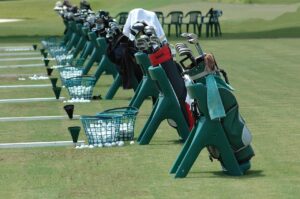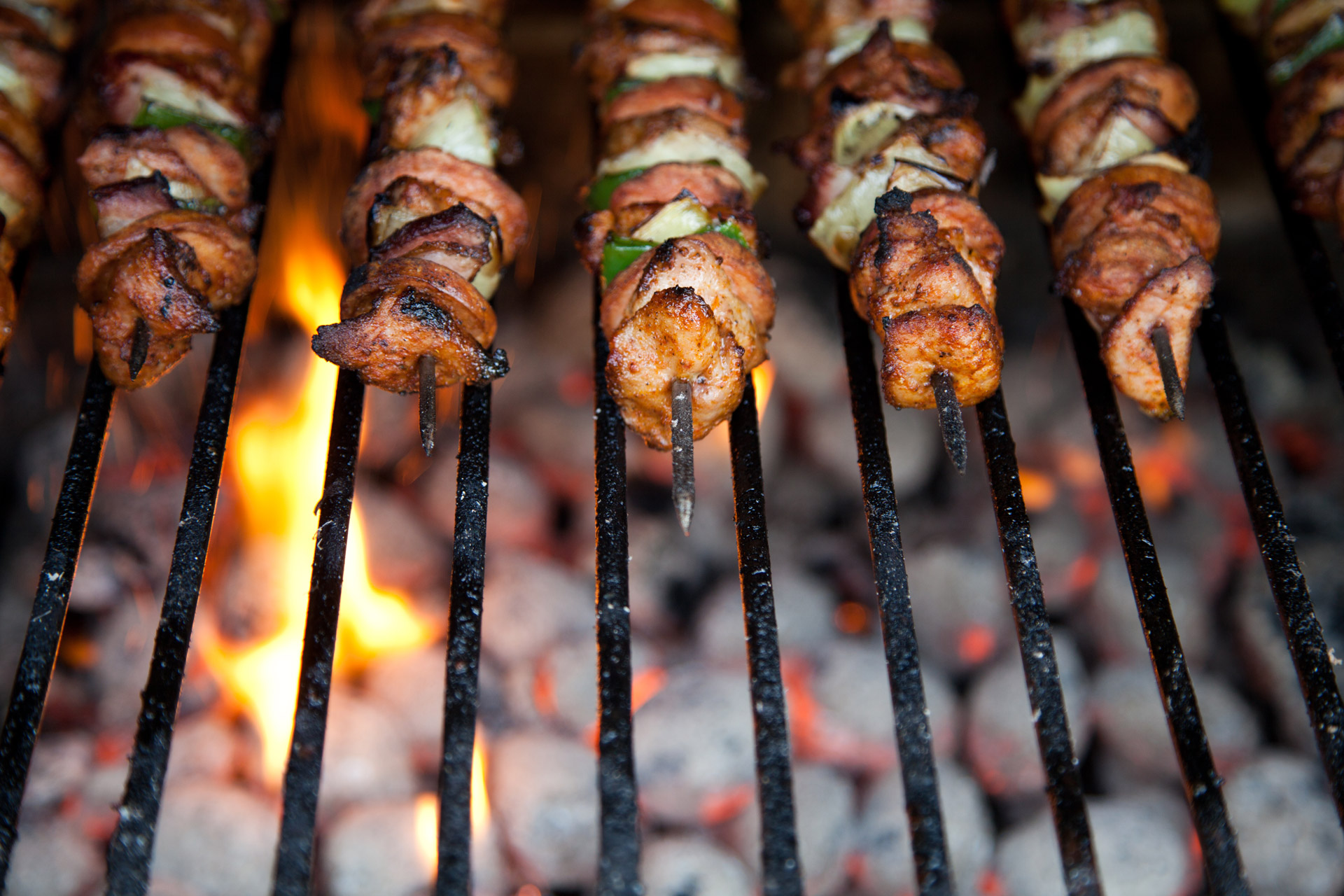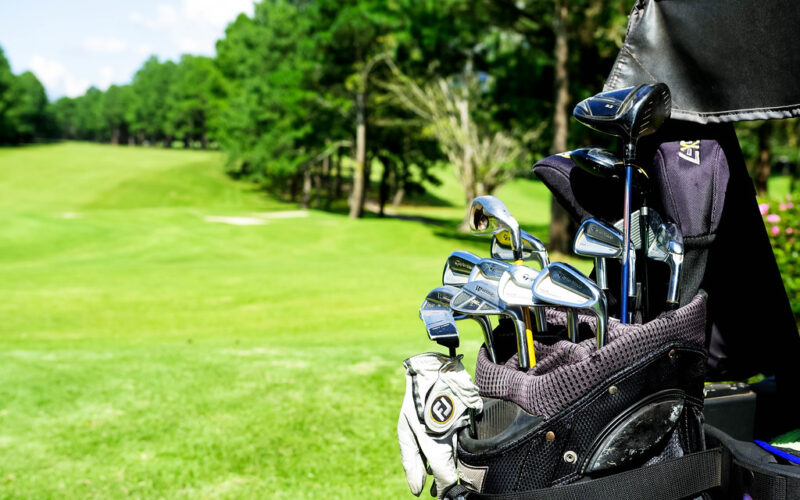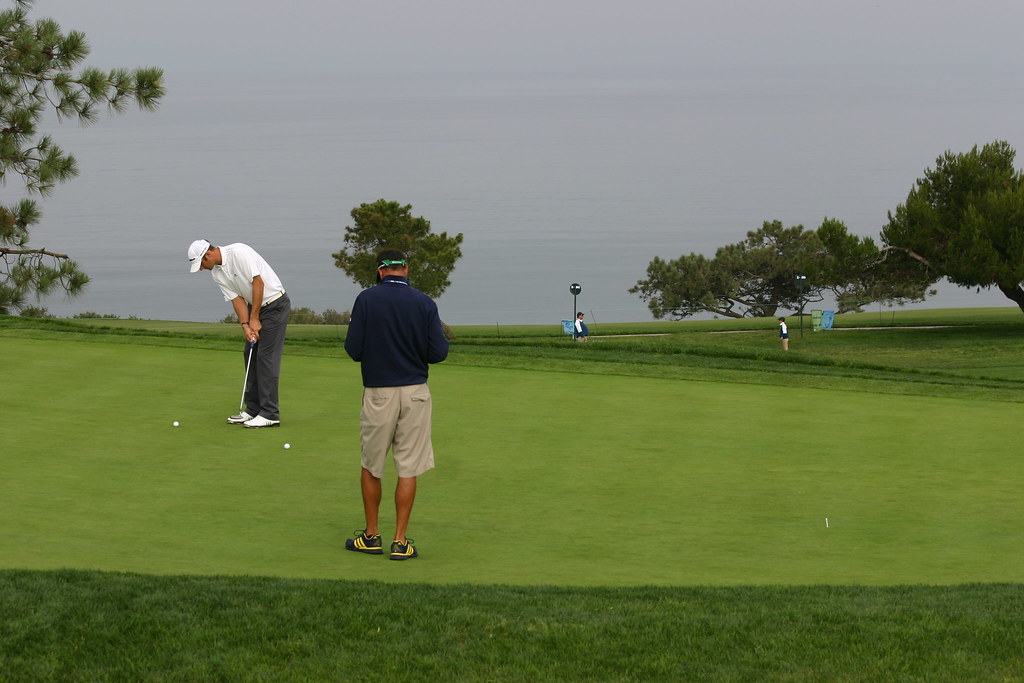You’ve probably heard the expression “drive for show, putt for dough” before, but perhaps you are still wondering about what you should do for all the shots in between the tee box and the green. Similar to how play-calling is critical in football and pitch selection is a key component of baseball, figuring out the right club to use in a specific situation is one of the most important elements of golfing. Once you are able to pick the right club more consistently, you will likely see your scores go down too (if you hit it well!).

Whether you prefer to do it the old-fashioned way or the high-tech way, one crucial piece when it comes to understanding which club to use is knowing how far you usually hit each club. There are a few ways to go about finding your distances, but all of them involve hitting every club in your bag multiple times to find out how far you hit with that club on average. The most efficient way to do so is hitting the driving range, and swinging each club about 5-10 times and taking the middle distance of those. For those who want more data, they could go to a simulator or a TopGolf where it will give more precise information about distance and carry rather than simply estimating off the distance chart at the range.
When you are finding your distances, make sure you look at both the carry distance and the total distance. Carry distance is the distance the ball is in the air, while your total distance is how far it goes once the ball lands and has stopped rolling. Here’s a scenario where knowing your carry distance would be important: Imagine you are trying to reach the green, and there is a massive water hazard between you and the green that spans 120 yards. If you were to hit a club that usually travels 120 yards, but only has a carry distance of 105 yards, it will likely result in you fishing the ball out of the water; however, if you have a ball that carries close to 120 yards, you can mark your ball on the green instead.
 Additionally, you will certainly use some clubs more often than others. For example, you will use a putter on every hole (unless you’re able to chip-in!), and hopefully rarely using your sand wedge. Odds are, other clubs, such as your driver, will be used for every par 4 and par 5 off the tee. With the rest of your woods and your irons, you may be cycling through them depending on distance to the hole. You’ll be more likely to break out woods on longer par 4s and most par 5s. Again, at the end of the day, it all depends on your individual distances; however, for those who don’t know their individual distances, here is a chart of what typical beginner, intermediate, and expert golfers hit to help you out on the course.
Additionally, you will certainly use some clubs more often than others. For example, you will use a putter on every hole (unless you’re able to chip-in!), and hopefully rarely using your sand wedge. Odds are, other clubs, such as your driver, will be used for every par 4 and par 5 off the tee. With the rest of your woods and your irons, you may be cycling through them depending on distance to the hole. You’ll be more likely to break out woods on longer par 4s and most par 5s. Again, at the end of the day, it all depends on your individual distances; however, for those who don’t know their individual distances, here is a chart of what typical beginner, intermediate, and expert golfers hit to help you out on the course.
Photo Credit: Google Creative Common Licenses









